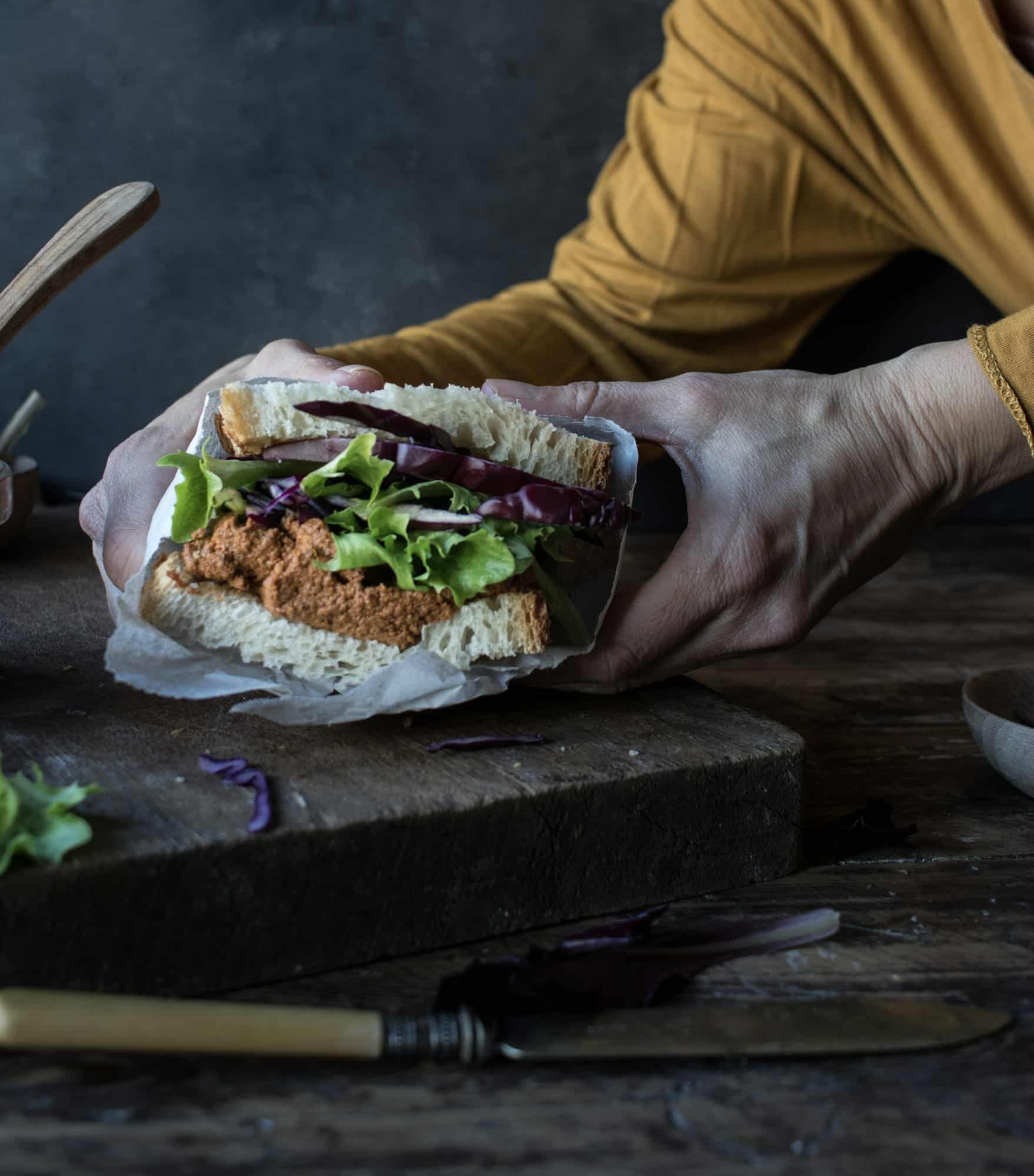How to Master the Art of a Classic French Pate en Croute with Pork and Pistachios?

French cuisine is renowned for its exquisite taste, intricate preparation, and an array of mouthwatering dishes that have taken the world by storm. Among its wide-ranging fare, the traditional Pate en Croute holds a special place in French gastronomy. This delicacy, laden with succulent pork meat and pistachios, encased in a rich, flaky pastry crust, speaks volumes about the French love for good food.
Dine at any upscale Parisian restaurant or walk through the bustling food markets of the Saint Germain arrondissement, and you will witness the omnipresence of this French gastronomic gem. However, mastering the art of a classic French Pate en Croute is indeed a culinary achievement. This article aims to guide you through the process, introducing you to the best techniques, ingredients, and traditions associated with creating this French masterpiece.
A découvrir également : What’s the Secret to a Spicy Szechuan Mapo Tofu with Fermented Black Beans?
A Brief Introduction to Pate en Croute
Pate en Croute is a classic French dish that combines the richness of well-seasoned, finely minced pork meat with the nuttiness of pistachios, all wrapped up in a golden-brown pastry shell. The term ‘Pate en Croute’ literally translates to ‘pate in a crust’, signifying the notable features of this dish.
This dish is a testament to the French’s knack for blending flavors and textures in the most harmonious way. Seasoned with a mix of spices, herbs, and sometimes sweetened with a splash of cognac or armagnac, the pate offers a medley of flavors. Coupled with the crunch of pistachios and the flaky, buttery pastry, it makes for a divine eating experience.
A voir aussi : What’s the Best Way to Bake a Moist Swedish Cardamom Bun with Pearl Sugar?
Choosing the Right Ingredients
To master the art of a classic French Pate en Croute, selecting the right ingredients is paramount. The quality of the meat plays a critical role in determining the final taste and texture of the pate. Opt for high-quality, fresh pork like pork shoulder or pork belly from a reputable butcher.
The use of pork liver lends a unique, robust flavor to the pate, though it’s optional. Freshly shelled, unsalted pistachios add a delightful crunch and an additional layer of flavor to the pate.
As for the crust, it’s essential to note that traditional Pate en Croute relies on a hot water crust pastry. This type of pastry, made with flour, hot water, and lard, is sturdy enough to hold the filling and offers a more robust flavor compared to other types of pastry.
The Preparation Process
Preparing a Pate en Croute is a labor of love. Be prepared to invest time and patience in the process, but rest assured, the end result is well worth it.
Begin with preparing the pate. Mix the pork, pork liver (if using), and pistachios along with the seasonings and leave it to marinate for a few hours. This allows the flavors to meld together, resulting in a more flavorful pate.
While the meat is marinating, prepare the pastry. A typical hot water crust pastry requires heating the lard and water together before adding it to the flour. The dough should be kneaded until smooth and left to rest before rolling.
Once the pastry and the pate are ready, the assembly begins. The pastry is lined in a terrine mold, filled with the pate, and then sealed with another layer of pastry. The Pate en Croute is then baked until the crust attains a beautiful golden brown hue.
Tips from the Expert Chefs
To truly master the art of a classic French Pate en Croute, taking a cue from the expert chefs of the region can be incredibly helpful.
One important tip is to keep the pastry dough cool and handle it minimally to keep the crust flaky and light. Overworking the dough can result in a tough crust.
Another tip from the chefs is to ensure that the filling is tightly packed without any air pockets. This helps in maintaining the shape of the pate and prevents it from crumbling when sliced.
Finally, before baking, creating an artful design on the crust not only lends it an aesthetically pleasing look, but it also allows the steam to escape during baking, preventing the crust from getting soggy.
The Role of Pate en Croute in French Cuisine
The Pate en Croute is more than just a dish in French cuisine; it’s a reflection of the country’s culinary heritage and its knack for creating beautiful, flavorful, and texturally diverse dishes.
Often served at holiday feasts and special occasions, the Pate en Croute exemplifies the French’s dedication to celebrating good food. Whether served in the heart of Paris, in a bustling brasserie, or in a quaint eatery in the Provence region, this classic dish continues to enchant food lovers around the world. It’s not just a dish; it’s a journey that takes you through the culinary heart of France, one delicious bite at a time.
Fascinating, isn’t it? How a dish so seemingly simple can hold such profound meaning in a cuisine. It’s the charm of French gastronomy, and the Pate en Croute is indeed a shining star in its vast repertoire. With this guide, you now have the knowledge and the tips to embark on the journey of mastering this French classic. Bon Appétit!
The Michelin Star Approach to Pate en Croute
As we delve further into the art of a classic French Pate en Croute, it’s fascinating to explore the Michelin star approach to this dish. The honor of a Michelin star is revered in the culinary world, and French cuisine particularly takes pride in its multiple Michelin star chefs and restaurants, like Oste Coc.
In these top-tier kitchens, Pate en Croute is not just a dish; it’s a sublime culinary experience. The process of making the pate becomes a delicate ballet of precision and expertise. Just like the Eiffel tower stands tall representing the city of Paris, so does this dish stand as a testament to French gastronomy’s exceptional quality.
Renowned chef Calum Franklin, a stone’s throw from the classic French pate campagne, elevates the Pate en Croute to new heights. Franklin’s signature Pate en Croute integrates contemporary French techniques while respecting the dish’s classic roots. The chef emphasizes using high-quality ingredients, particularly the pork, and gives equal importance to the appearance of the dish, creating intricate designs on the pastry crust that would make any Parisian proud.
Beyond the restaurant bar, the Michelin star approach to Pate en Croute also highlights the importance of pairing this dish with the right wine. A full-bodied red or a crisp white can enhance the pate’s rich flavor, taking the dining experience to a whole new level.
The Journey to Mastering Pate en Croute: Final Thoughts
Mastering Pate en Croute is indeed an art – an art that reflects the heart and soul of French cuisine. It’s a journey that takes you through bustling food markets in the heart of the arrondissement, past Michelin-starred restaurants with their exceptional dishes, and finally to your own kitchen.
Whether you’re a professional chef or a home cook, the process of crafting a Pate en Croute is rewarding. It allows you to appreciate the symphony of flavors and textures that make this dish a French classic. It’s not just about the succulent pate pork or the flaky pastry; it’s about savouring the process and sharing the results with the people you love.
As you traverse this culinary journey, remember the words of top chef Calum Franklin: "Respect the ingredients, respect the process, and above all, enjoy the experience." These words encapsulate the essence of mastering the Pate en Croute and indeed, French cuisine as a whole.
So, here’s to you, the aspiring master of Pate en Croute. May your kitchen be filled with the enchanting aroma of baking pastry, the satisfying crunch of pistachios, and the joy of creating a culinary masterpiece. Bon Appétit!
